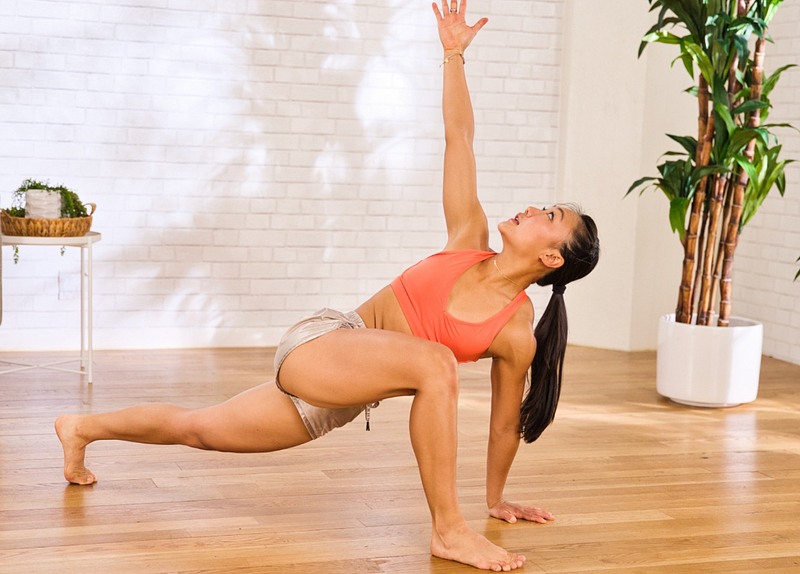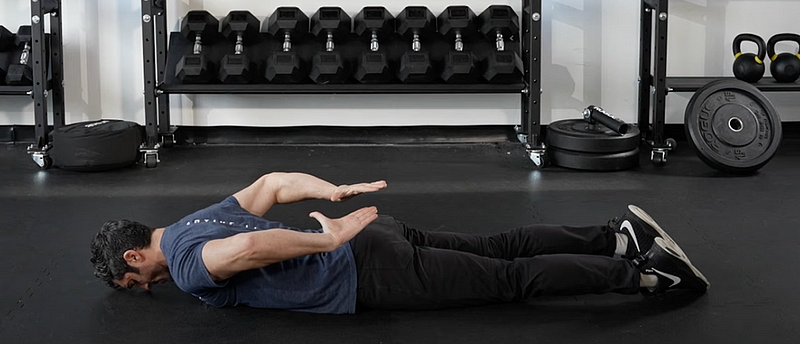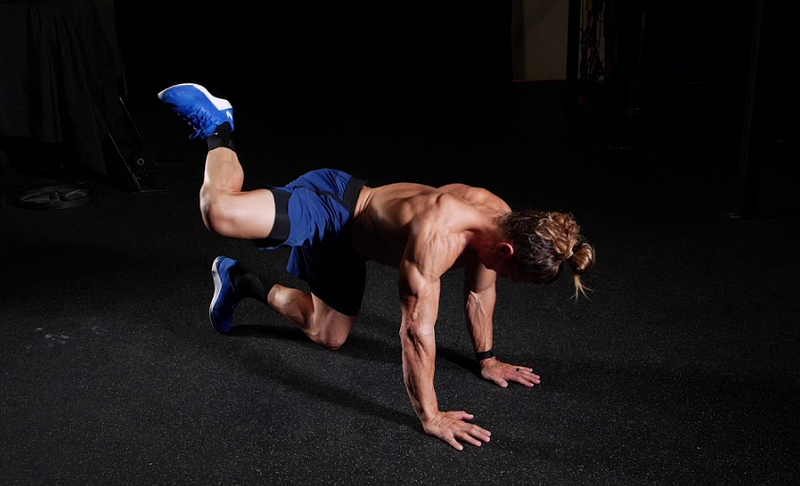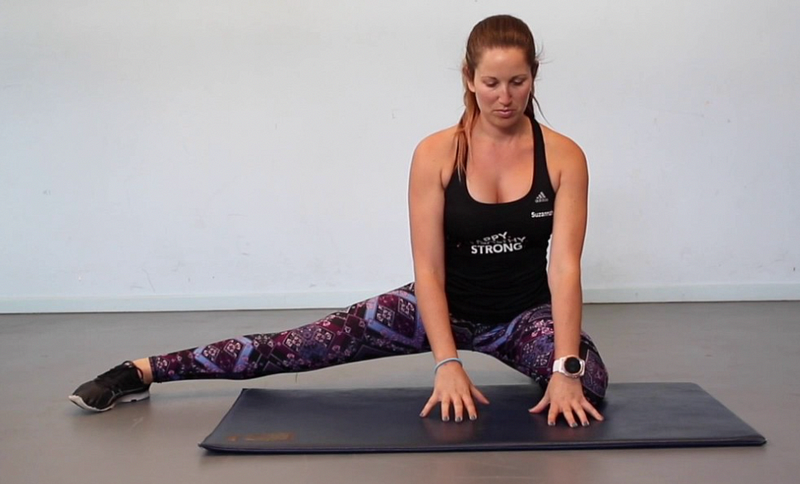Unlocking the Truth About Flexibility: Why Less Can Be More
Written on
Understanding Flexibility: A Common Misconception
Many individuals mistakenly believe that achieving extreme flexibility is a vital goal. However, overemphasizing flexibility can actually lead to injury. It may seem counterintuitive, so let’s break it down. The necessary level of flexibility often varies based on the sport. For instance, a ballerina’s requirements differ from those of a runner, which is perfectly acceptable!
As a kinesiologist and trainer, I frequently observe beginners getting caught in this trap. The prevailing notion is that more flexibility equates to better performance, even when it may not contribute meaningfully to their primary sports or activities. Enthusiastically, we work on reaching our toes or executing splits, while crucial components like strength and stability training are overlooked—elements that could prove far more beneficial in the long term.
How to Stretch Effectively for Your Health
To illustrate this point, let’s examine a few sport-specific stretches or mobility exercises worth trying. While I can’t cover every sport, I’ll highlight several key examples that demonstrate what effective, targeted stretching looks like. Please note that some exercises may be adaptable across different sports. If you have any inquiries about cues or the philosophy behind sport-specific training, don’t hesitate to leave a comment!
It’s important to acknowledge that there exists a healthy level of flexibility, one that allows you to perform daily activities without discomfort. However, beyond this point, you may not need to delve deeper into flexibility training—more on that shortly.
Before we proceed, remember that embarking on new physical activities carries inherent risks. If you’re new to mobility or stretching, I recommend exploring my programs to establish a solid foundation. Additionally, consulting a trusted health professional is advisable, especially if you have injuries or chronic conditions.
When it comes to frequency, start with two sessions per week, gradually increasing to four if your schedule allows. Even minimal sport-specific care can significantly aid in preventing injuries and enhancing functionality! Now, let’s get started.
If you’re mimicking a ballerina’s stretching routine as a runner, you may not be setting yourself up for success. Consider the ranges of motion and the demands your body faces during your primary sports, and train accordingly. This approach will save you time, energy, and potential pain!
- Sneaking Ape Walk (Running)

Rationale: Runners commonly face challenges with mobility in their feet, ankles, and hips. This exercise effectively targets these areas, enhancing performance and protecting against overuse injuries.
Application: 2 sets of 10–15 steps
Cues: Begin in a narrow lunge position. Rotate your back leg upward and around to become the lead leg, all while maintaining a low stance. Continue moving forward, keeping your heels grounded to improve ankle mobility. Take breaks as needed.
- World’s Greatest Stretch (Cycling)

Rationale: Long bike rides can lead to stiffness in the hips and back. This movement addresses these areas, helping to prevent fatigue on the bike.
Application: 2 sets of 6–10 repetitions per side
Cues: Start in a deep lunge with both hands near the inside of the front leg. Lower your chest while bending your elbows, rotating slightly away from the front leg. Hold for 2–3 seconds, then rotate your closest arm upwards while following your thumb with your gaze. Hold again for 2–3 seconds before returning to the starting position. Finally, shift your hips back and straighten your front leg for a hamstring stretch, holding for another 2–3 seconds.
- Prone Swimmers (Swimming)

Rationale: To enhance flexibility and mobility in the water, it’s beneficial to mimic the movements you’ll perform most frequently.
Application: 2 sets of 10–15 repetitions
Cues: Lie face down and rotate your shoulders, placing your hands behind your back. Slowly extend your arms overhead, holding at the top for 2–3 seconds. Gradually reverse the motion to return to the starting position. Focus on deep, slow breaths while ensuring the exercise remains challenging yet pain-free.
- Quadruped Hip CAR (Olympic Lifting)

Rationale: Olympic lifting requires not only strength and power but also significant flexibility and joint control. This controlled articular rotation (CAR) exercise fosters hip mobility and stability under the bar.
Application: 5–8 slow repetitions per side
Cues: Assume a quadruped position. Gradually extend one leg backward, then bend your knee to 90 degrees and bring it toward your trunk as if navigating over a small hurdle. Complete a full circle and reverse the motion, ensuring the opposite hip and shoulders remain stable.
- Adductor Rocks (Soccer and Cutting Sports)

Rationale: For sports involving rapid changes in direction, investing in your adductor health is crucial to prevent knee injuries and build strength in vulnerable positions.
Application: 10–12 repetitions per side with 3-second holds
Cues: Use a mat or block to support your knee. Get into a deep side-lunge position, keeping your torso upright. Lean backward while maintaining your position to deepen the stretch in your groin. After 3 seconds, engage your glutes to return to the starting position.
Want more health and wellness insights? Explore my new book and start your journey toward a pain-free life today!

In Conclusion
Flexibility is an essential aspect of training for any sport, but it’s important to understand that the requirements will differ significantly based on your activity. Just as we should adhere to the principle of specificity in resistance training, the same goes for flexibility. Adopting this mindset can enhance your performance, save you time, and ensure long-term functionality. Training hard is commendable, but training wisely is paramount.
Make the choice to train smart.
-David Liira Kin
The first video title is "5 Things I Wish I Knew For Getting Flexible!" - YouTube. This video explores essential tips for improving flexibility without risking injury.
The second video title is "The Flexibility Secret Everyone Should Know!" - YouTube. This video reveals crucial strategies for achieving and maintaining healthy flexibility.